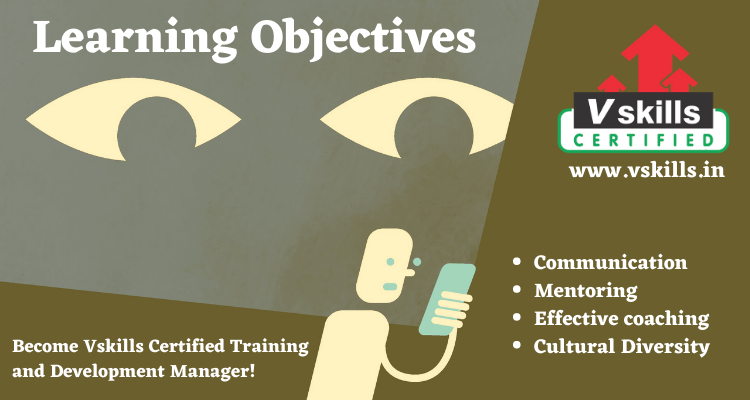
Learning Objectives– Training programs should be designed by trainers and/or learners to achieve certain overall goals for the learner. Programs should also include various learning objectives that when reached culminate in the learner achieving the overall goals of the training program. Learners implement one or more learning strategies/methods/activities to reach learning objectives.
When designing a training plan, each objective should be designed and worded to the extent that others can clearly detect if the objective has been achieved or not. From reading the objective, readers should be able to answer the question: “What will the learner be able to do as a result of the learning activities/methods/strategies?”
As much as possible, objectives should also be written to be SMART (an acronym for specific, measurable, acceptable to you, realistic to achieve and time-bound with a deadline). Examples to Convey Nature of Well-Written Learning Objectives
To help learners understand how to design objectives, the following examples are offered to convey the nature of learning objectives. The examples are not meant to be offered as examples to be adopted word-for-word as learning objectives. Trainers and/or learners should design their own learning objectives to meet their overall training goals and to match their preferred strategies for learning.
Here are some examples for you to understand how to write learning objectives. The topic of the learning objective is included in bolding and italics. Learning objectives are numbered directly below.
Communication
- Explain four basic principles of communication (verbal and non-verbal) and active, empathetic listening.
- Outline four barriers and bridges to communication
- List at least four ways communication skills which encourage staff involvement will help create a positive work environment.
Mentoring
- Explain basic job duties and standards from job description to staff
- Outline at least five specific learning goals with staff by comparing performance with job duties
- Develop a yearly plan with staff to accomplish learning needs, supervision plan and rewards
Effective coaching
- State at least three job expectations for staff that focusing on meeting resident’s needs
- Plan five strategies to give frequent verbal and non- verbal encouragement and rewards
- Identify specific performance concerns with staff asking for possible solutions and decide together methods of measuring successful outcomes
Cultural Diversity
- Plan workable strategies for incorporating new staff into the work team
- Select their own means to exhibit an appreciation of how values and perceptions affect communication
- Make available for staff a series of learning opportunities for increased world knowledge and cultural information
Test Your Skills By Taking Our Training and Development Practice Tests on this link
Apply for Training and Development Manager Certification Now!!


